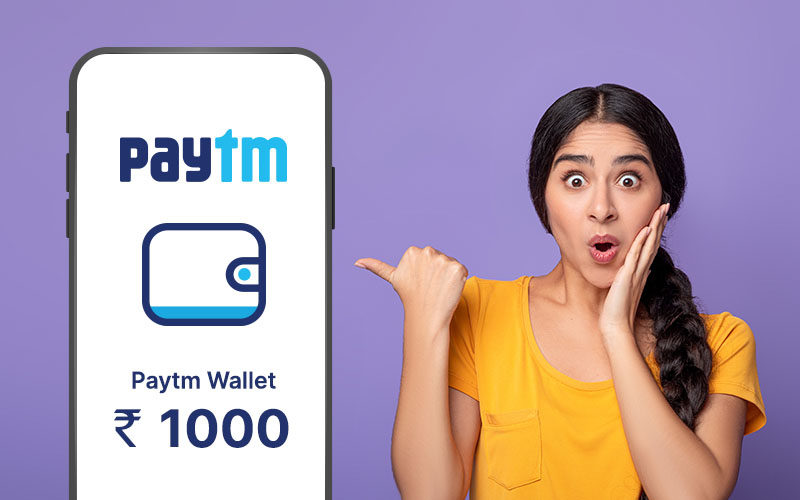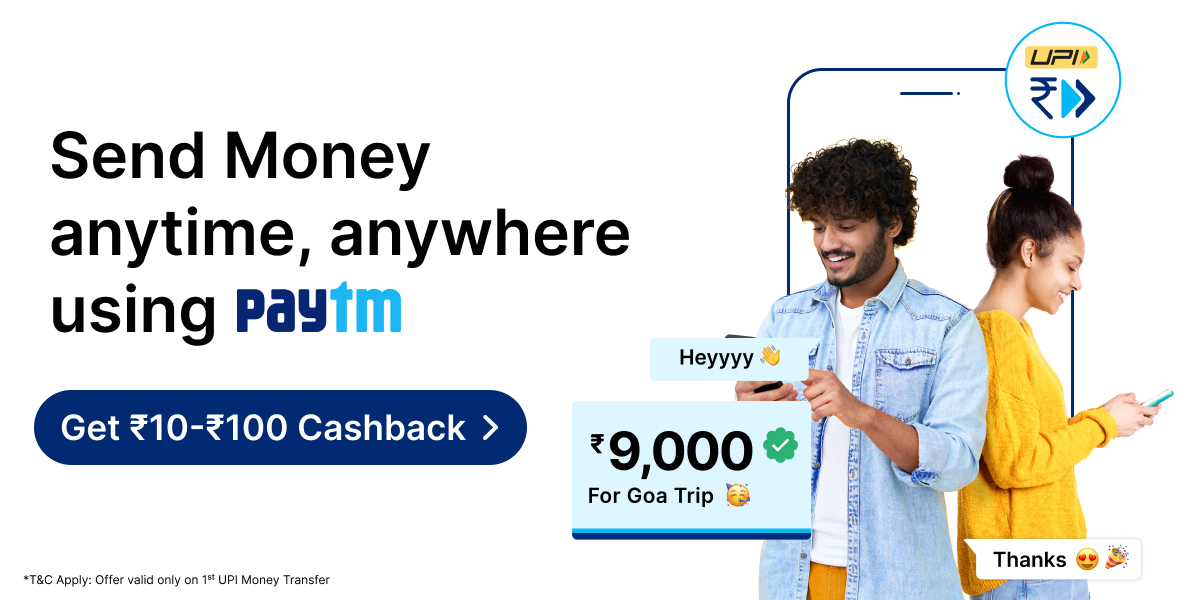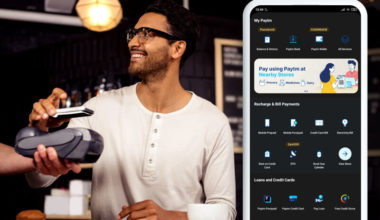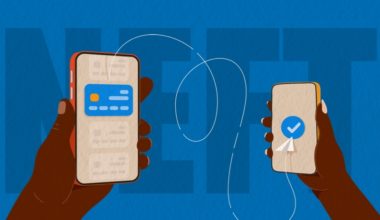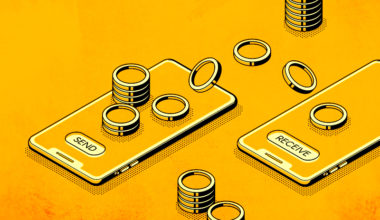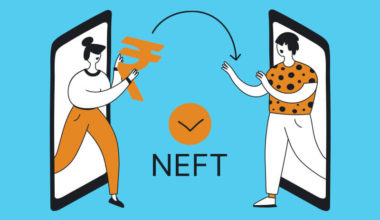Are you looking for alternative methods to send and receive funds seamlessly? In this blog, we will explore different ways to transfer money without relying on UPI. Whether you prefer traditional banking methods or want to explore digital wallets, we’ve got you covered. Keep reading to discover ways to transfer money and simplify your financial transactions.
5 Ways to Transfer Money Without UPI Online
You can send money through the following online methods:
- Bank Transfers: Traditional bank transfers allow you to send money directly from your bank account to another person’s account. You can do this through online banking, mobile banking apps, or by visiting your bank branch.
- Mobile Wallets: Digital wallets offer a convenient way to transfer money to friends, family, or merchants. These wallets are linked to your bank account or can be topped up with funds, allowing you to make instant transfers.
- NEFT/RTGS: National Electronic Funds Transfer (NEFT) and Real-Time Gross Settlement (RTGS) are electronic payment systems provided by banks. NEFT is used for transferring smaller amounts, while RTGS is suitable for larger transactions. These methods require the recipient’s bank account details.
- Cheques: Although a bit old-fashioned, cheques are still widely used for transferring money. You can write a cheque to the recipient and hand it over or mail it to them. They can then deposit the cheque into their bank account.
- Digital Payment Apps: Apart from UPI-based apps, there are other digital payment platforms that enable you to transfer money domestically and internationally. These apps often require both the sender and recipient to have an account.
How to Send Money Offline?
To send money offline, you can:
- Visit a bank or bank branch and request a money transfer by providing the recipient’s bank account information and possibly ID.
- Write a cheque to the recipient and give it to them in person, or mail it to them.
- Give cash to the recipient in person.
- Purchase a money order at a post office or financial institution, and send it to the recipient through the mail.
How to Transfer Money Through Paytm Without UPI?
To transfer money from Paytm without UPI, you have the option to use your linked bank account, credit card, or debit card. However, it’s important to note that completing the full KYC verification process is necessary to access all the features and functionalities of the Paytm app. Here’s a how to transfer money:
Step 1: Log in to the Paytm app on your device.
Step 2: On the homepage, locate and select the “Send Money” section.
Step 3: From the available options, choose the desired transfer method such as “Send Money to Mobile Number” or “To Bank Account”.
Step 4: Follow the prompts and provide the necessary details, including the recipient’s mobile number, UPI ID or bank account information.
Step 5: Enter the amount you wish to transfer and select whether you want to transfer funds from your linked bank account or from your debit or credit card.
Step 7: Confirm the transaction and enter your PIN to complete the transaction
In summary, if you want to transfer money without using UPI, there are several other methods available. You can transfer funds through traditional bank transfers, mobile wallets, NEFT/RTGS systems or even by using cheques. Just remember to consider things like fees, limits, and security when choosing the best option for your needs. With these alternative methods, you can easily transfer money without relying on UPI and simplify your transactions.


